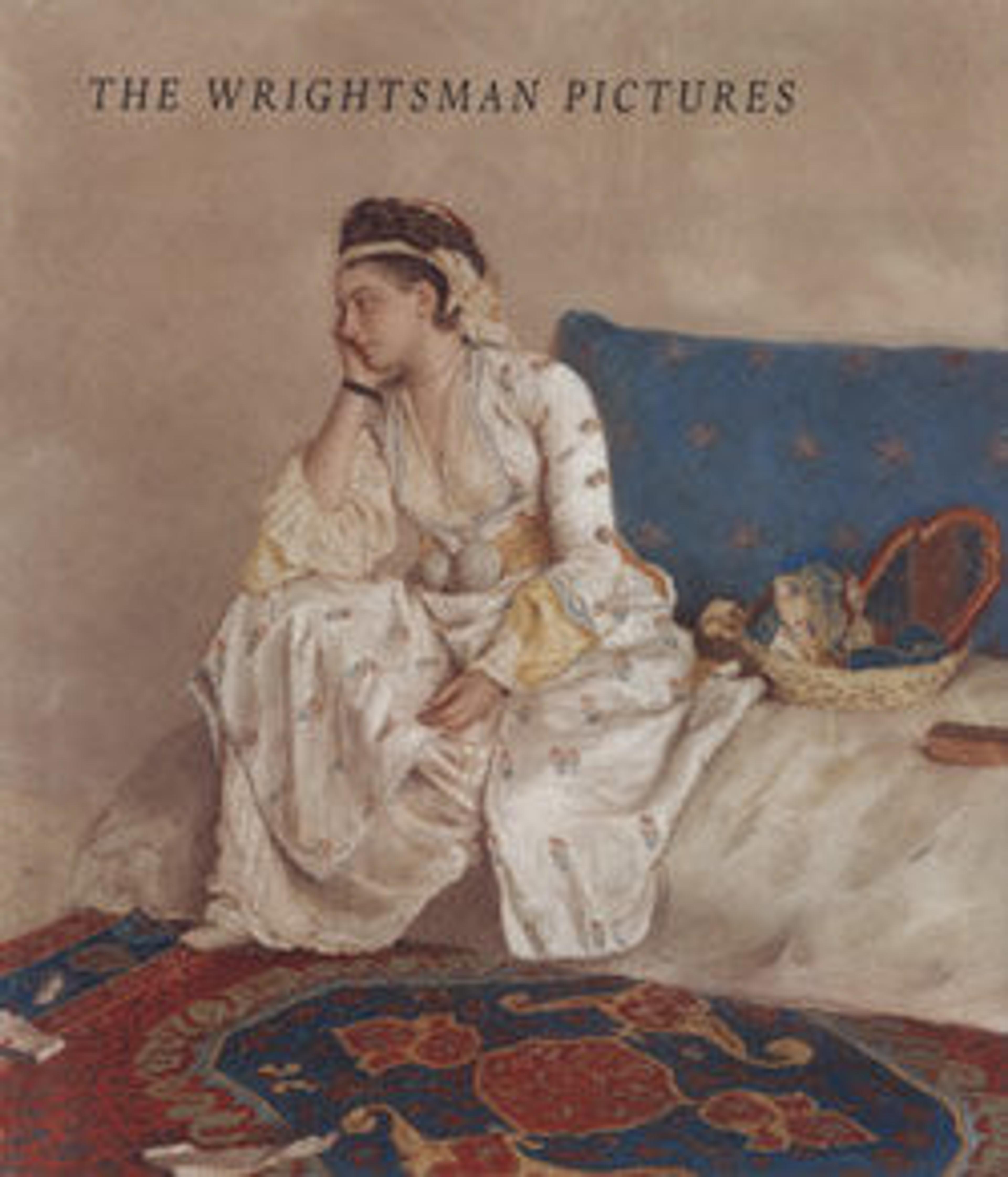The Apotheosis of the Spanish Monarchy
From 1762 until his death, Tiepolo worked in Spain for Charles III and decorated several rooms in Madrid’s royal palace. This is one of two complex sketches in The Met collection for a small chamber next to the throne room. Each shows a female personification of Spain accompanied by lions representing the province of Leon; an old woman beside a castle, standing for the province of Castile; and Hercules, the traditional protector of Spain. He is shown with a column symbolizing Gibraltar, a strategic site in struggles for control of the Mediterranean Sea. Tiepolo set Spain in a global context by including allegorical figures of Africa, the Americas, Asia, and Europe.
Artwork Details
- Title: The Apotheosis of the Spanish Monarchy
- Artist: Giovanni Battista Tiepolo (Italian, Venice 1696–1770 Madrid)
- Date: 1760s
- Medium: Oil on canvas
- Dimensions: Oval painted surface, 32 1/8 x 26 1/8 in. (81.6 x 66.4 cm)
- Classification: Paintings
- Credit Line: Rogers Fund, 1937
- Object Number: 37.165.3
- Curatorial Department: European Paintings
More Artwork
Research Resources
The Met provides unparalleled resources for research and welcomes an international community of students and scholars. The Met's Open Access API is where creators and researchers can connect to the The Met collection. Open Access data and public domain images are available for unrestricted commercial and noncommercial use without permission or fee.
To request images under copyright and other restrictions, please use this Image Request form.
Feedback
We continue to research and examine historical and cultural context for objects in The Met collection. If you have comments or questions about this object record, please contact us using the form below. The Museum looks forward to receiving your comments.
